Lung cancer is the leading cause of cancer-related deaths in the United States, with an estimated 135,720 deaths in 2020 alone. The good news is that lung cancer screening can help detect the disease at an early stage, when it is more treatable.
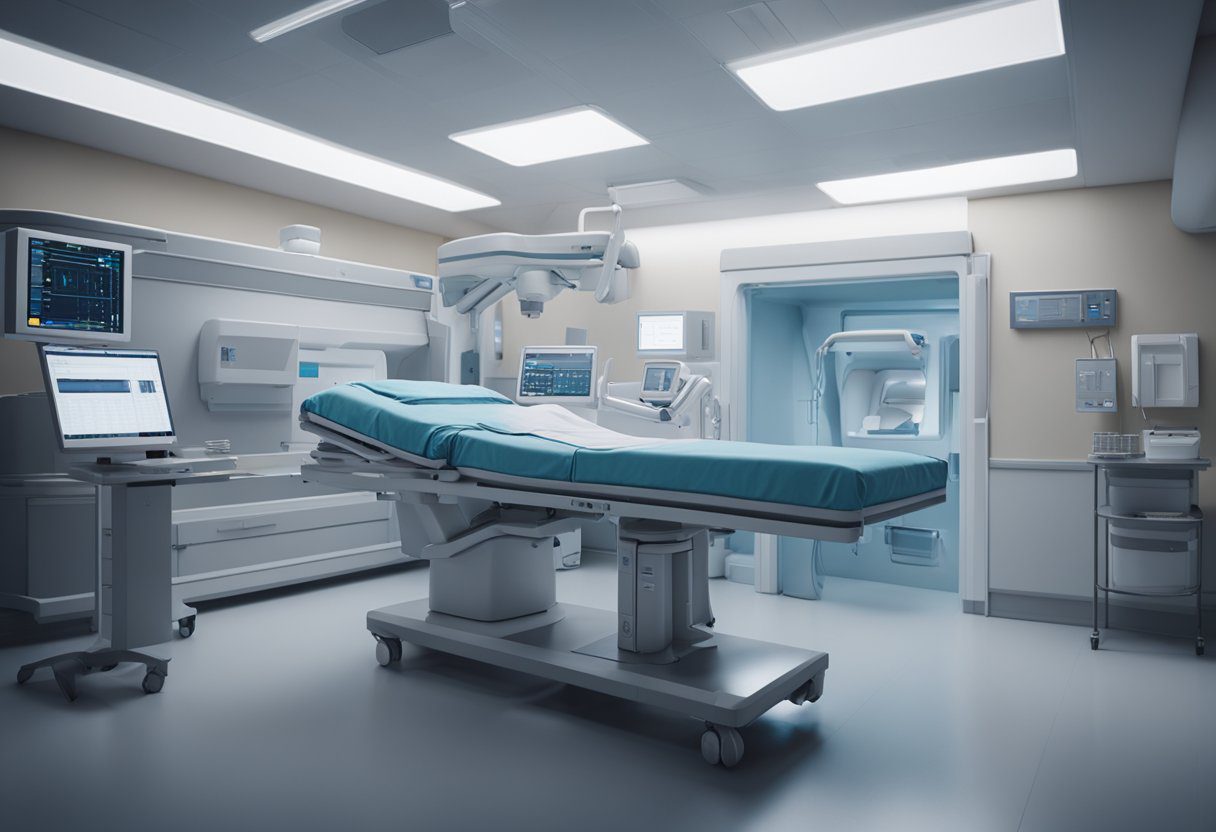
Lung cancer screening is a process that involves using low-dose computed tomography (LDCT) scans to detect lung cancer in people who are at high risk of developing the disease. The screening process is recommended for adults who have a history of smoking or have recently quit smoking.
The United States Preventive Services Task Force (USPSTF) recommends annual screening for lung cancer with LDCT in adults aged 50 to 80 years who have a 20 pack-year smoking history and currently smoke or have quit within the past 15 years.
Screening has its benefits, but it also has risks and limitations. False-positive results, overdiagnosis, and radiation exposure are some of the risks associated with lung cancer screening. It is important to understand the screening process and follow-up procedures to make an informed decision about whether to undergo screening.
Key Takeaways
- Lung cancer is the leading cause of cancer-related deaths in the United States.
- Lung cancer screening involves using low-dose computed tomography (LDCT) scans to detect lung cancer in people who are at high risk of developing the disease.
- Screening has benefits, but it also has risks and limitations, and it is important to understand the screening process and follow-up procedures.
Understanding Lung Cancer
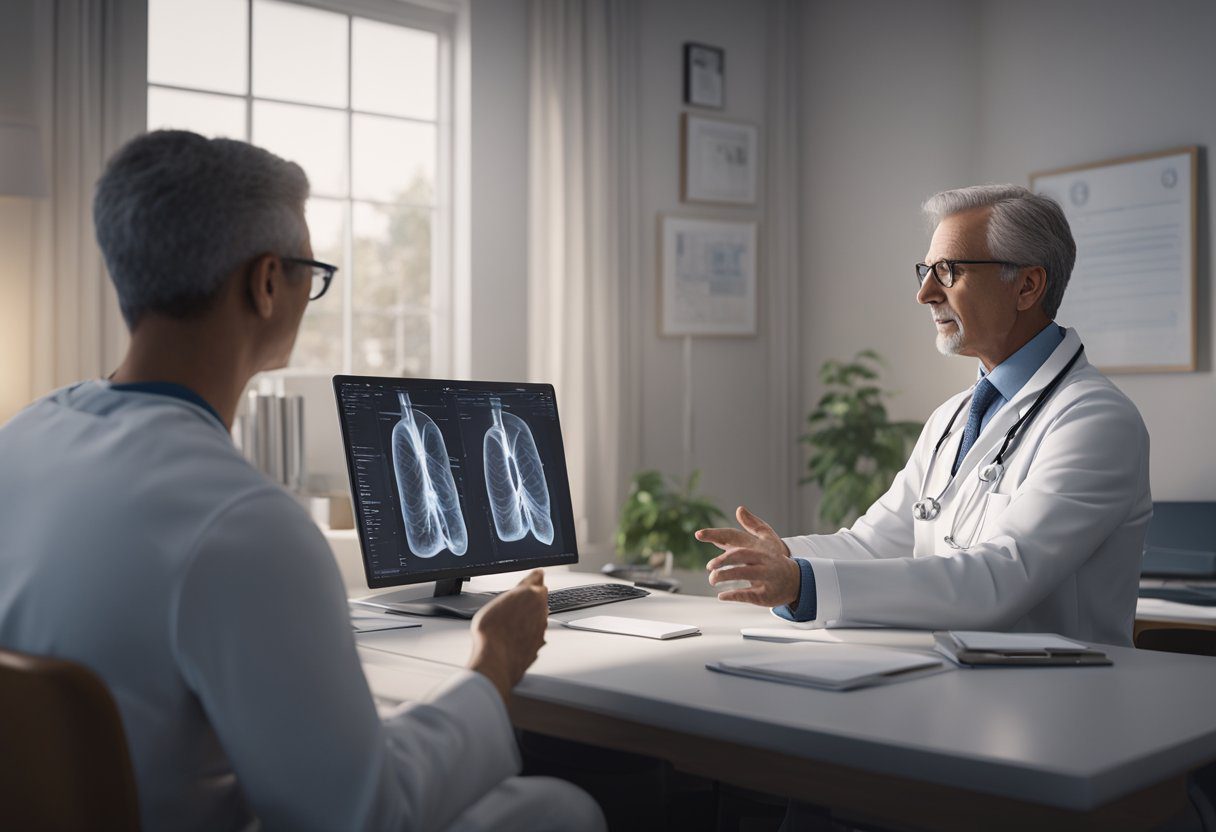
Lung cancer is a disease that occurs when abnormal cells grow uncontrollably in one or both lungs. It is one of the most common types of cancer and the leading cause of cancer-related deaths worldwide. There are two main types of lung cancer: small cell lung cancer (SCLC) and non-small cell lung cancer (NSCLC).
NSCLC is the most common type of lung cancer and accounts for around 85% of all cases.
Types of Lung Cancer
Small cell lung cancer (SCLC) is a fast-growing type of lung cancer that tends to spread quickly to other parts of the body. It is less common than NSCLC and accounts for around 15% of all lung cancer cases. NSCLC, on the other hand, is a slower-growing type of lung cancer that can be further divided into three subtypes: adenocarcinoma, squamous cell carcinoma, and large cell carcinoma.
Risk Factors
The primary risk factor for lung cancer is smoking, with approximately 80% of lung cancer deaths in the United States caused by tobacco use. Other risk factors include exposure to secondhand smoke, exposure to radon gas, exposure to asbestos and other carcinogens, and a family history of lung cancer.
Symptoms and Diagnosis
In the early stages of lung cancer, there are often no symptoms. As the cancer grows, symptoms may include coughing, chest pain, shortness of breath, wheezing, hoarseness, and coughing up blood.
If lung cancer is suspected, a doctor may order imaging tests such as a chest X-ray, CT scan, or MRI. If abnormalities are found, a biopsy may be performed to confirm the diagnosis.
Overall, early detection and treatment of lung cancer are crucial for improving outcomes. Lung cancer screening is recommended for individuals who are at high risk of developing the disease, such as current or former smokers with a history of heavy tobacco use.
Lung Cancer Screening Overview
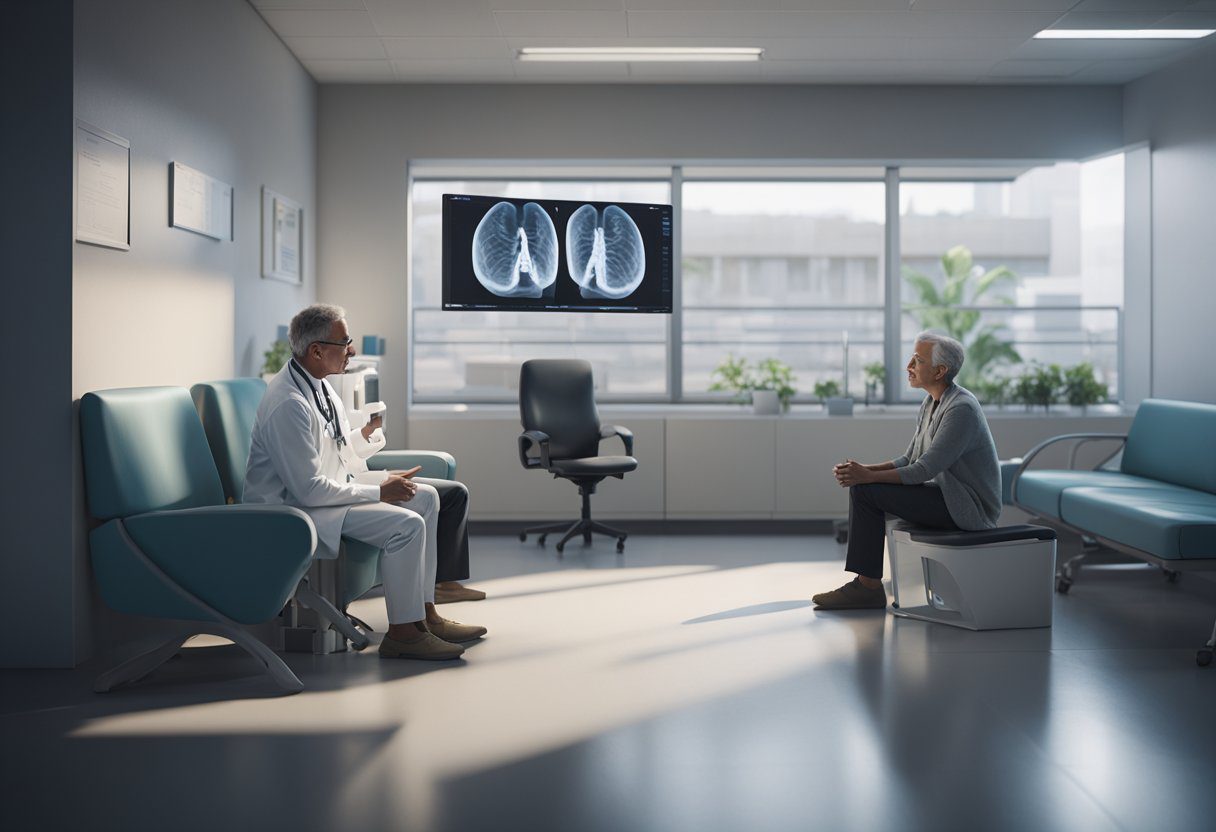
Lung cancer is one of the most common types of cancer and the leading cause of cancer-related deaths worldwide. Early detection of lung cancer is crucial for improving patient outcomes and reducing mortality rates.
Lung cancer screening is a process that aims to detect lung cancer at an early stage in people who are at high risk of developing the disease.
Benefits of Screening
Lung cancer screening has been shown to reduce lung cancer mortality by detecting the disease at an early stage when it is more treatable. Early detection of lung cancer can also reduce the need for more extensive and invasive treatments.
In addition, lung cancer screening can detect other lung diseases that may require treatment, such as chronic obstructive pulmonary disease (COPD).
Screening Tests Available
The only recommended screening test for lung cancer is low-dose computed tomography (LDCT), also called a low-dose CT scan. LDCT is a type of CT scan that uses a lower amount of radiation than a regular CT scan.
Other tests, such as chest X-rays and sputum cytology, have not been shown to be effective in detecting lung cancer at an early stage and are not recommended for lung cancer screening.
Criteria for Screening
Screening for lung cancer is recommended for individuals who are at high risk of developing the disease. The criteria for lung cancer screening include:
- Age 50-80 years
- A smoking history of at least 20 pack-years
- Current smokers or those who have quit within the past 15 years
Understanding LDCT
LDCT is a painless and non-invasive test that takes pictures of the lungs using X-rays. During the test, the patient lies on a table and the CT scanner takes pictures of the chest. The images are then analyzed by a radiologist to look for signs of lung cancer.
Screening Results Interpretation
LDCT can sometimes produce false-positive results, which means that the test may indicate the presence of lung cancer when there is none. False-positive results can lead to unnecessary follow-up tests and procedures, which can cause anxiety and stress for patients.
LDCT can also detect incidental findings, which are abnormalities that are not related to lung cancer. It is important to discuss the results of the LDCT scan with a healthcare provider to determine the appropriate next steps.
Screening Process and Follow-Up
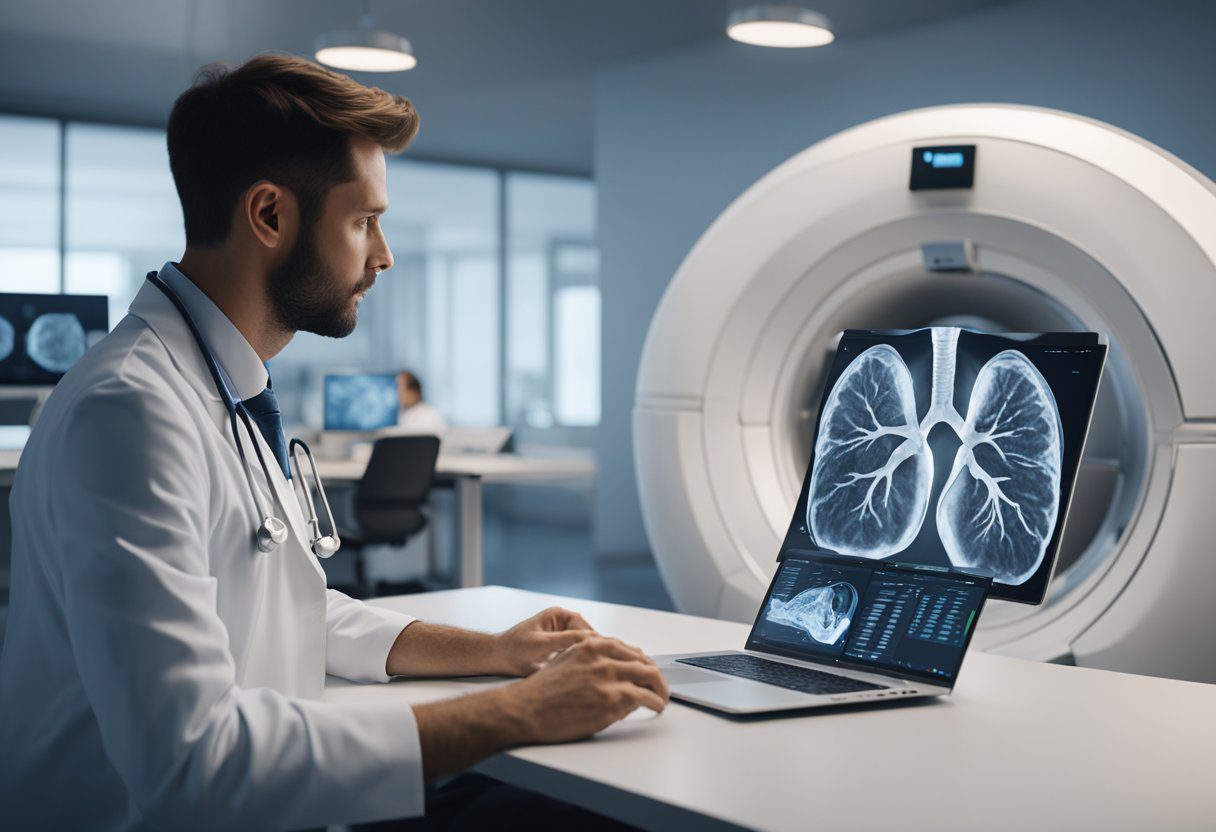
Before the Screening Test
Before undergoing a lung cancer screening test, one must consult with a healthcare provider to determine if the test is appropriate for them. Shared decision-making is recommended to ensure that the benefits and risks of the screening test are understood.
The healthcare provider may ask questions about the patient’s smoking history, family history of lung cancer, and any symptoms they may be experiencing.
During the Screening
Low-dose CT scans (LDCT) are the only recommended test for lung cancer screening. During an LDCT scan, the patient lies on a table and an x-ray machine takes pictures of their lungs.
The technologist may ask the patient to hold their breath for a few seconds to ensure that the pictures are clear. The computer then combines the pictures to create detailed images of the lungs.
After the Screening
After the screening, the patient should discuss the results with their healthcare provider. If the results are normal, follow-up tests are not usually necessary.
If abnormal findings, such as lung nodules, are detected, further testing may be required. The healthcare provider may recommend follow-up tests, such as additional LDCT scans or a biopsy, to determine if the nodules are cancerous.
Managing Abnormal Results
If the results of the screening test indicate the presence of serious health problems, the healthcare provider may recommend further diagnostic tests to confirm the diagnosis.
The healthcare provider will discuss the possible treatment options with the patient. The patient may be referred to a specialist, such as an oncologist, for further evaluation and treatment.
Risks and Limitations of Screening

Lung cancer screening using low-dose CT scan (LDCT) can help detect lung cancer at an early stage, but it also has some potential harms and limitations that need to be considered.
Potential Harms of Screening
One of the main risks of lung cancer screening is radiation exposure. Although the amount of radiation used in LDCT is lower than that used in a standard CT scan, it is still a concern, especially for people who undergo repeated screenings.
The risk of developing cancer from radiation exposure is small, but it increases with the number of scans.
Another potential harm of screening is overdiagnosis, which means detecting a cancer that would never have caused any symptoms or harm during the person’s lifetime. Overdiagnosis can lead to unnecessary treatment, which can cause harm to the person’s health and quality of life.
Dealing with False Positives
Another limitation of screening is the possibility of a false-positive result, which means the test suggests the presence of cancer when there is none.
False positives can cause anxiety and lead to unnecessary follow-up tests, which can be invasive and carry their own risks.
To deal with false positives, it is important to have a plan in place for follow-up tests and to communicate the risks and benefits of screening to the person being screened.
Follow-up tests may include additional imaging tests, such as a PET scan or a biopsy, which can help confirm or rule out the presence of cancer.
Treatment Options After Detection
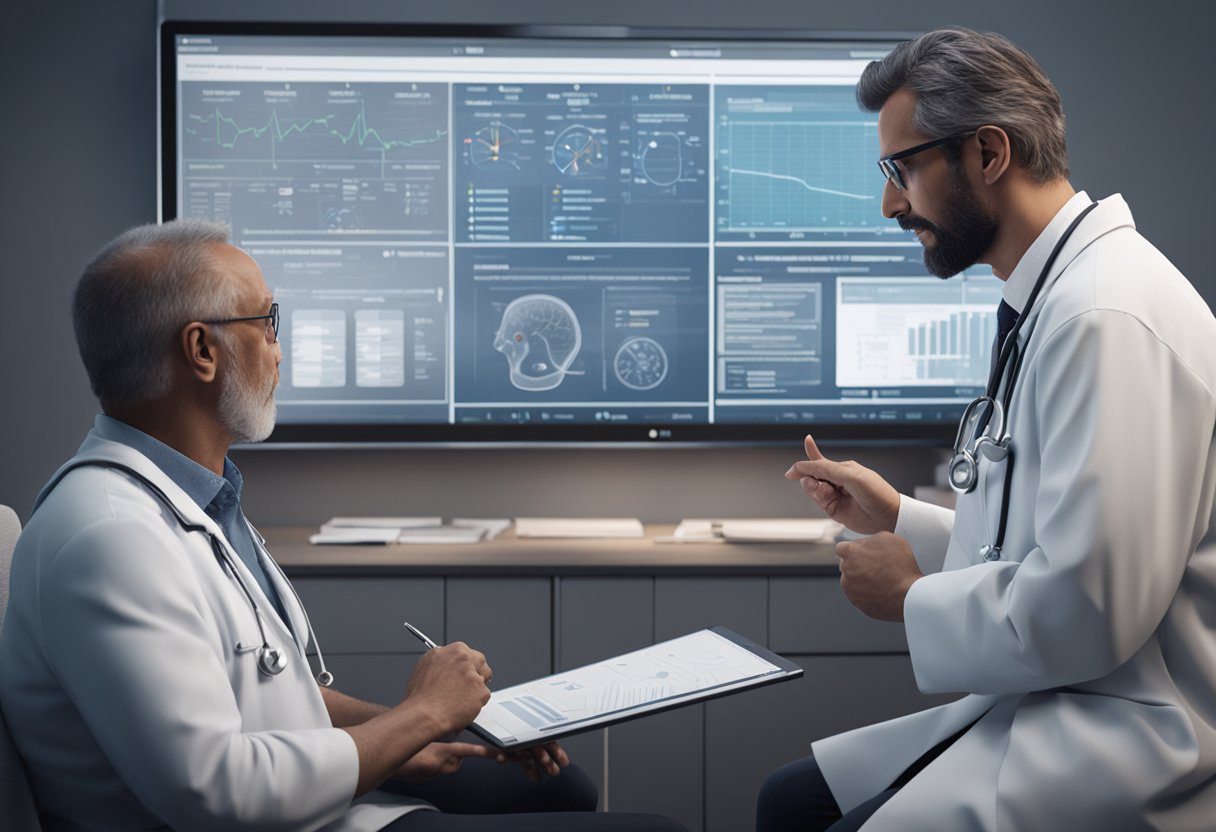
Once lung cancer has been detected, there are several treatment options available depending on the stage of cancer. Treatment options include surgical interventions, radiation and chemotherapy, and targeted therapies and immunotherapy.
Surgical Interventions
Surgery is the most common treatment for early-stage lung cancer. The type of surgery depends on the size and location of the tumor.
In some cases, the entire lobe of the lung may need to be removed, while in other cases, only a portion of the lung may need to be removed.
Lung surgery is a major operation that requires general anesthesia and a hospital stay. After surgery, patients will need to follow a strict recovery plan to ensure proper healing.
Radiation and Chemotherapy
Radiation therapy uses high-energy radiation to kill cancer cells. It may be used alone or in combination with chemotherapy to treat lung cancer.
Radiation therapy is typically used to treat early-stage lung cancer or to relieve symptoms in advanced-stage lung cancer.
Chemotherapy uses drugs to kill cancer cells. It is typically used in combination with radiation therapy to treat advanced-stage lung cancer.
Chemotherapy can also be used to relieve symptoms in advanced-stage lung cancer.
Targeted Therapies and Immunotherapy
Targeted therapies are drugs that target specific molecules involved in the growth and spread of cancer cells. They are usually used to treat advanced-stage lung cancer.
Immunotherapy is a type of cancer treatment that uses the body’s immune system to fight cancer. It works by stimulating the immune system to recognize and attack cancer cells. Immunotherapy is also typically used to treat advanced-stage lung cancer.
Support and Resources
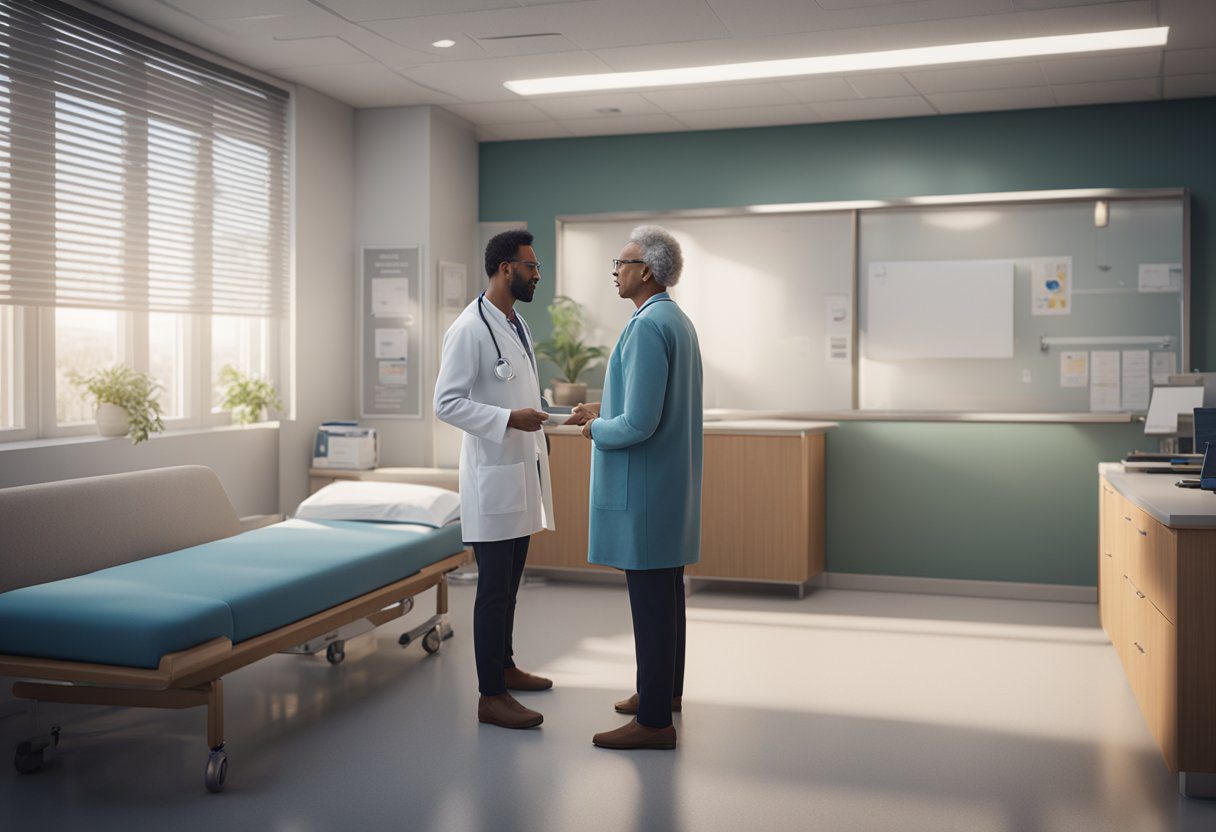
Lung cancer screening can be a daunting process, but there are many resources available to help patients navigate the process. The American Cancer Society, National Cancer Institute, and U.S. Preventive Services Task Force all offer information and resources to help patients understand the screening process and make informed decisions about their health.
Insurance and Coverage
One of the biggest concerns for patients considering lung cancer screening is the cost. However, most insurance plans, including Medicare, cover the cost of screening for those who meet certain criteria. Patients should check with their insurance provider to determine their coverage and any out-of-pocket costs.
Smoking Cessation Support
For patients who smoke, quitting is the best way to reduce the risk of developing lung cancer. Smoking cessation programs and resources are available to help patients quit smoking and stay smoke-free. Healthcare professionals and specialists can offer guidance and support to help patients quit smoking and reduce their risk of developing lung cancer.
Patient Education and Resources
Patients who are considering lung cancer screening can benefit from education and resources to help them understand the process and make informed decisions. The American Cancer Society, National Cancer Institute, and U.S. Preventive Services Task Force all offer information and resources to help patients understand the screening process and make informed decisions about their health. These resources can include information about the benefits and risks of screening, as well as guidance on how to prepare for the screening process.
Advancements in Screening

Lung cancer screening has made significant progress in recent years. Research and clinical trials have led to the development of new screening methods, while technological advancements have improved the accuracy and efficiency of existing screening methods.
Research and Clinical Trials
Numerous clinical trials have demonstrated the effectiveness of low-dose CT (LDCT) scans in detecting early-stage lung cancer. The National Lung Screening Trial (NLST) in the United States showed that LDCT scans could reduce lung cancer mortality by up to 20%. Other trials have confirmed the potential of LDCT scans to reduce mortality by up to 39% and detect early-stage cancers.
However, researchers are investigating new screening methods to address the issue of false-positive results and associated harm. For example, they are looking into how computer-aided detection (CAD) software can help radiologists identify suspicious lesions more accurately.
Technological Developments in LDCT
Technological advancements have also improved the accuracy and efficiency of LDCT scans. For example, dual-energy CT (DECT) scans can provide more detailed information about the composition of lung nodules, which can help radiologists distinguish between benign and malignant nodules.
In addition, the use of artificial intelligence (AI) in lung cancer screening is a rapidly developing area of research. AI algorithms can analyze LDCT scans and identify suspicious nodules more accurately than human radiologists.
Conclusion
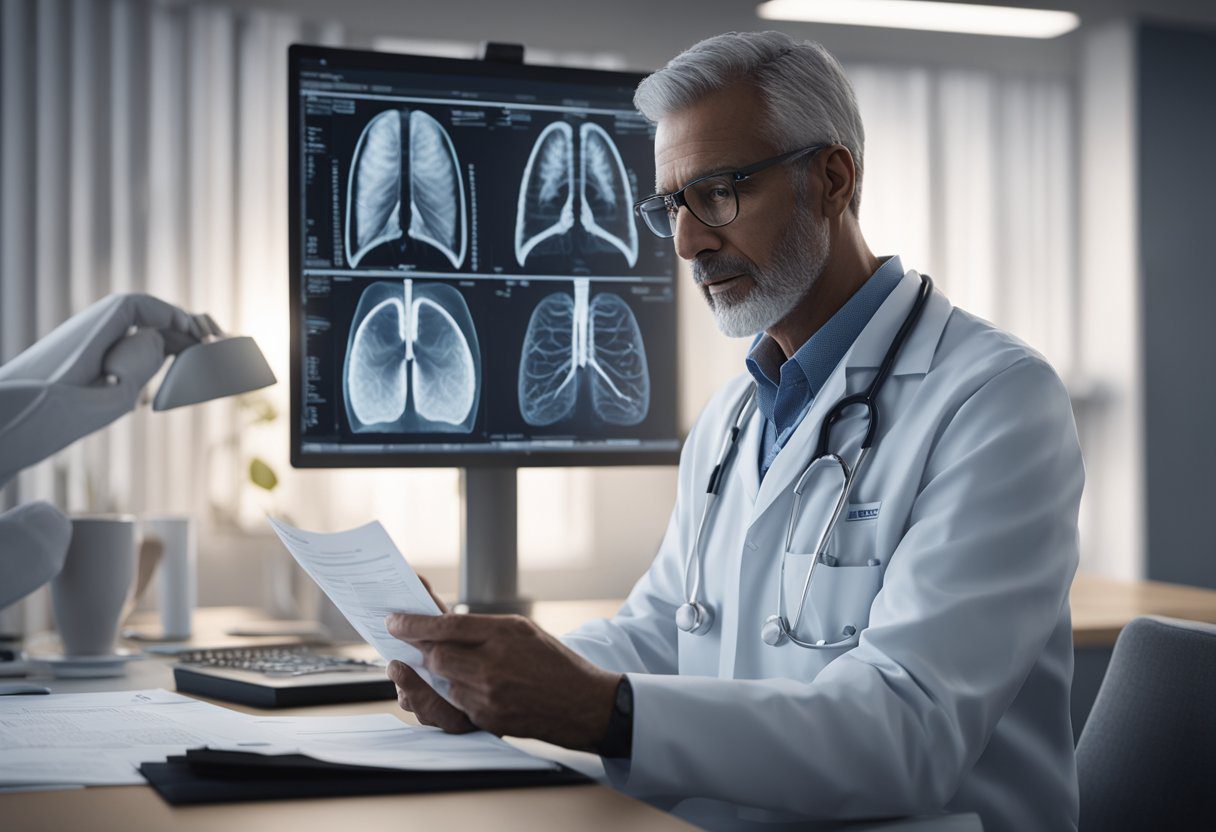
Lung cancer screening is a critical tool for the early detection of lung cancer. Early detection of lung cancer has been shown to improve survival rates. However, it is essential to note that screening is not without risks, and shared decision-making is crucial in determining whether screening is appropriate for an individual patient.
Collaboration between healthcare providers, patients, and other stakeholders is essential in ensuring that patients receive the best possible care. This collaboration should involve discussions around the risks and benefits of screening, as well as the patient’s individual risk factors.
Frequently Asked Questions

At what age should one start getting screened for lung cancer?
The American Cancer Society recommends yearly screening for lung cancer with a low-dose CT (LDCT) scan for people ages 50 to 80 years who smoke or used to smoke and have at least a 20 pack-year history of smoking. A pack-year is equal to smoking 1 pack (or about 20 cigarettes) per day for a year. However, the decision to start screening should be made on an individual basis after discussing the potential benefits and risks with a healthcare provider.
What are the current USPSTF recommendations for lung cancer screening?
The US Preventive Services Task Force (USPSTF) recommends yearly screening for lung cancer with a low-dose CT (LDCT) scan for people ages 50 to 80 years who have a 20 pack-year smoking history and currently smoke or have quit within the past 15 years. The USPSTF also recommends shared decision-making between the patient and healthcare provider to determine if screening is appropriate.
How often should individuals be screened for lung cancer?
Those who meet the screening criteria should receive a low-dose CT scan every year until they reach age 80 or if they quit smoking for 15 years.
What are the potential risks and benefits of lung cancer screening?
The main benefit of lung cancer screening is the detection of cancer at an early stage, when it is more treatable and has a better chance of being cured. However, there are potential risks associated with screening, including false-positive results, which can lead to unnecessary follow-up tests and procedures, and radiation exposure from the CT scan. It is important for individuals to discuss the potential benefits and risks with their healthcare provider before deciding to undergo screening.
How does the cost of lung cancer screening vary, and is it covered by insurance?
The cost of lung cancer screening can vary depending on the healthcare provider and location. However, most private insurance plans, Medicare, and Medicaid cover the cost of lung cancer screening for individuals who meet the screening criteria.
Are there free lung cancer screening programs available for high-risk populations?
Yes, there are. These programs are available for those who are uninsured or underinsured. The American Lung Association and other organizations offer resources to help individuals find screening programs in their area.
